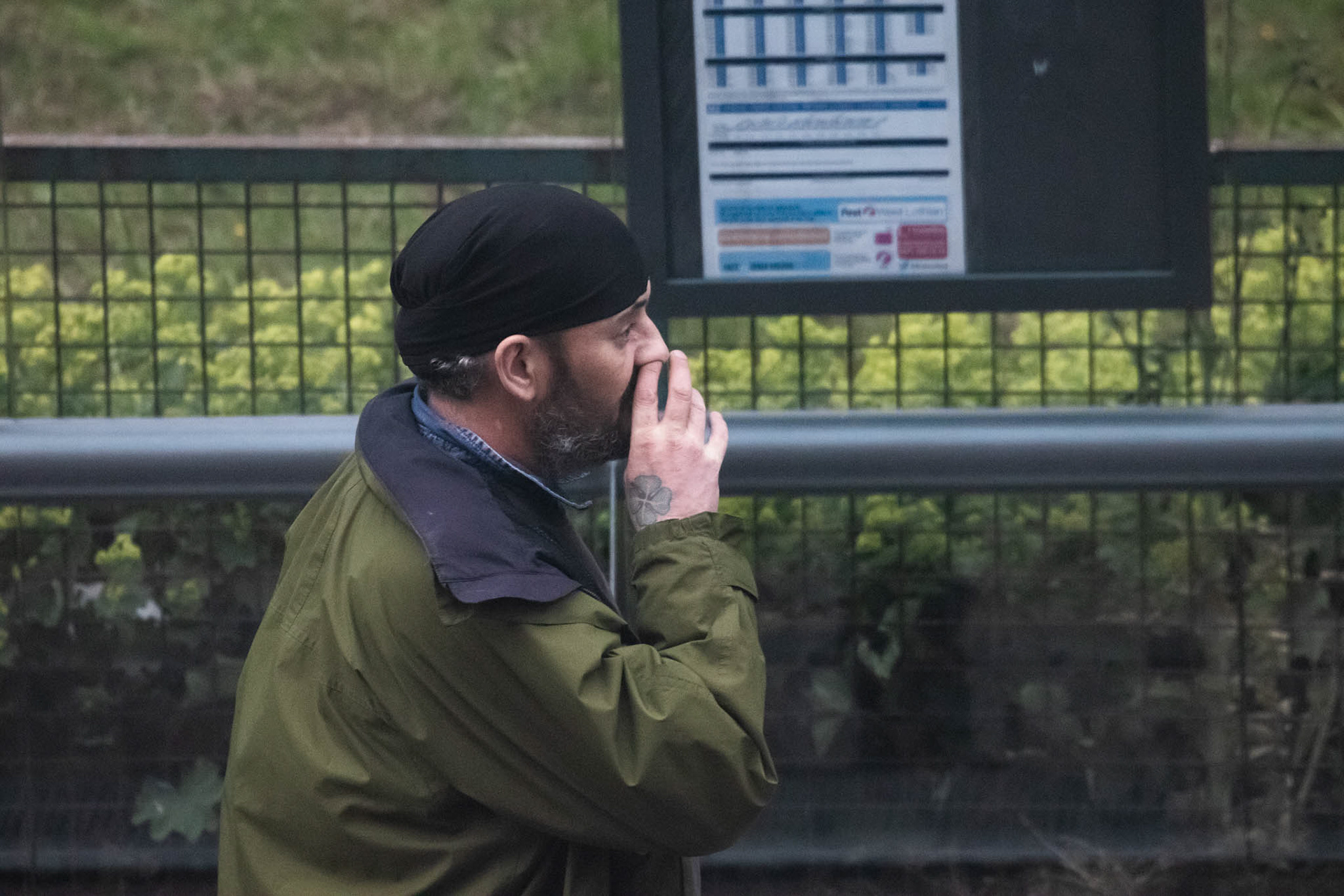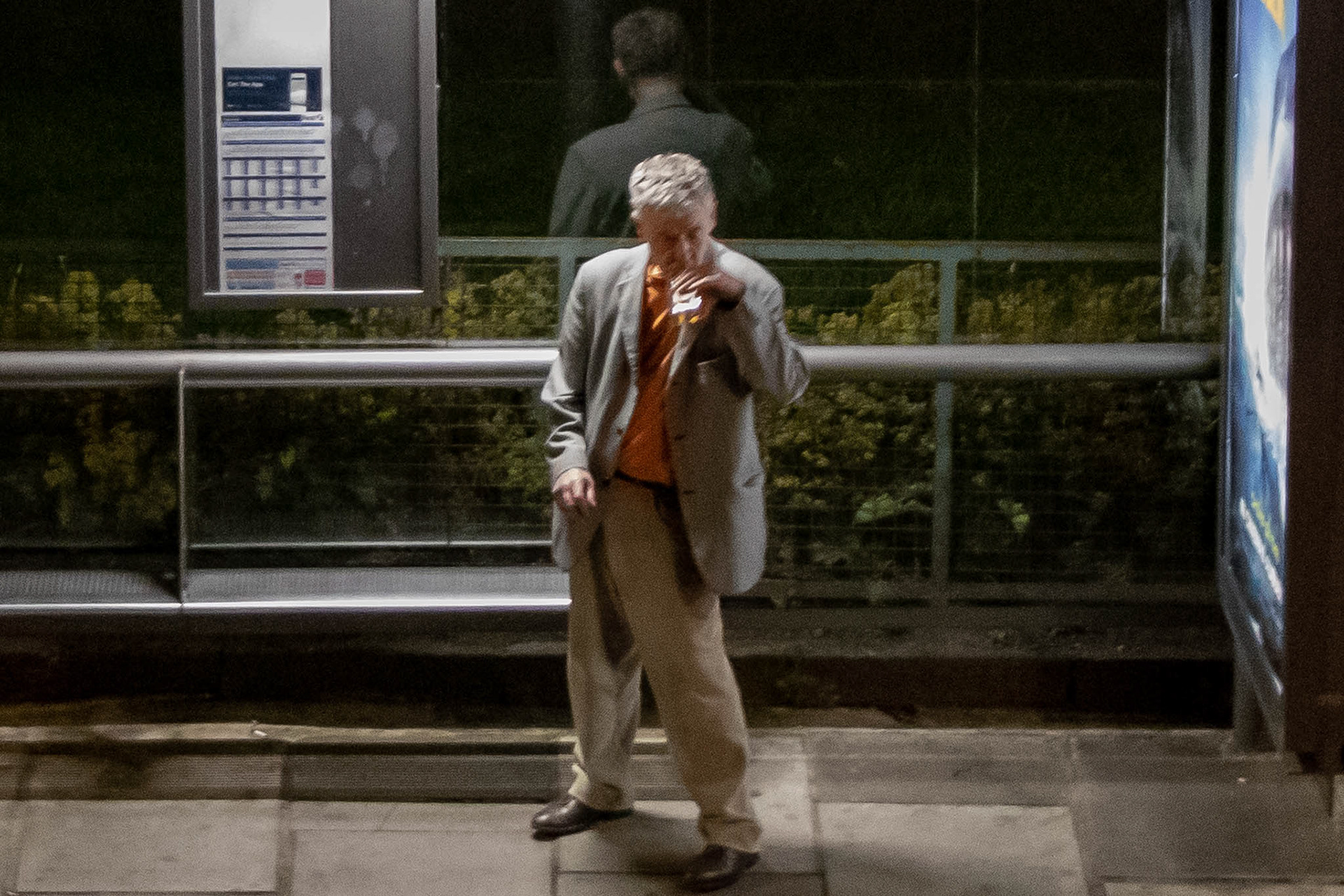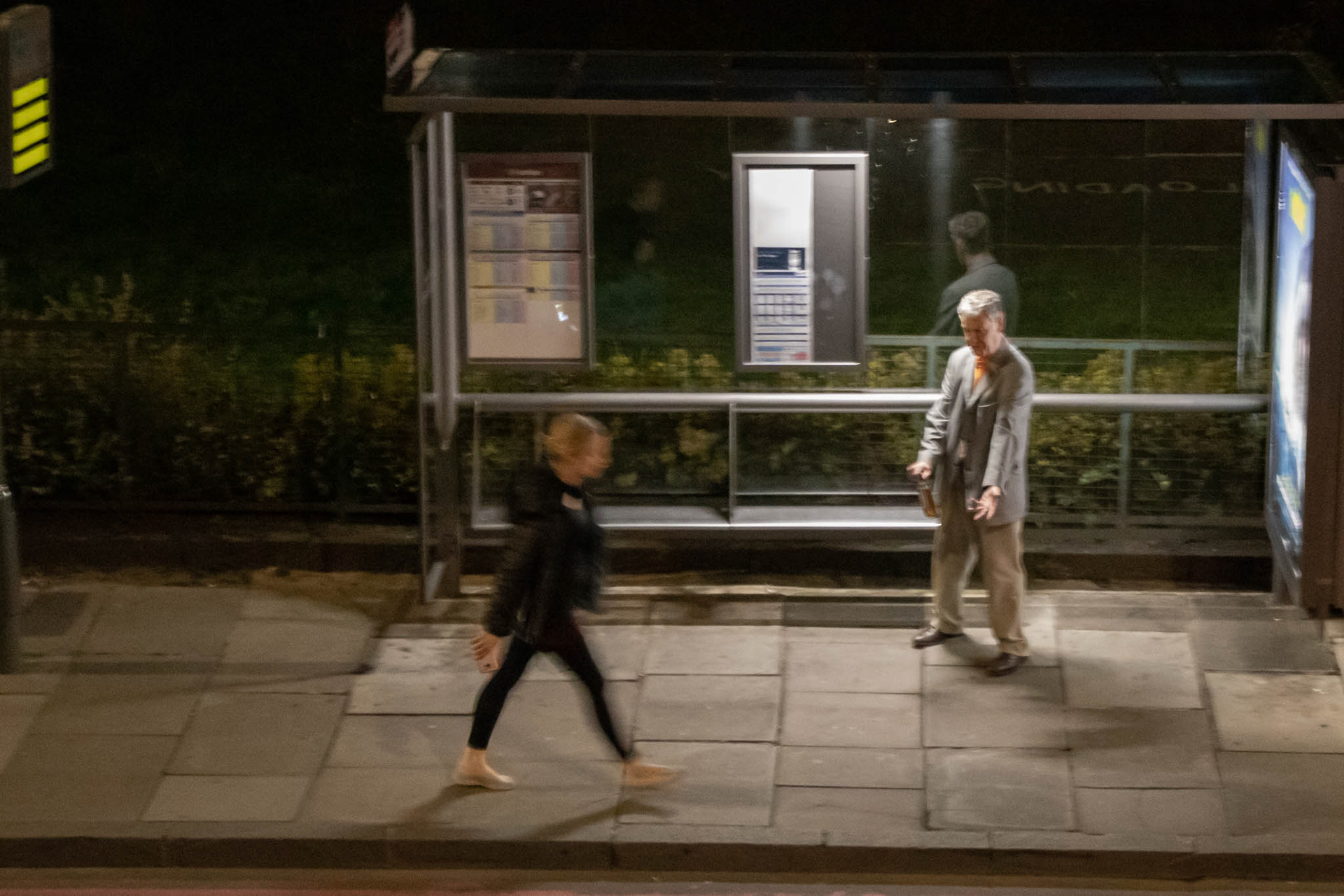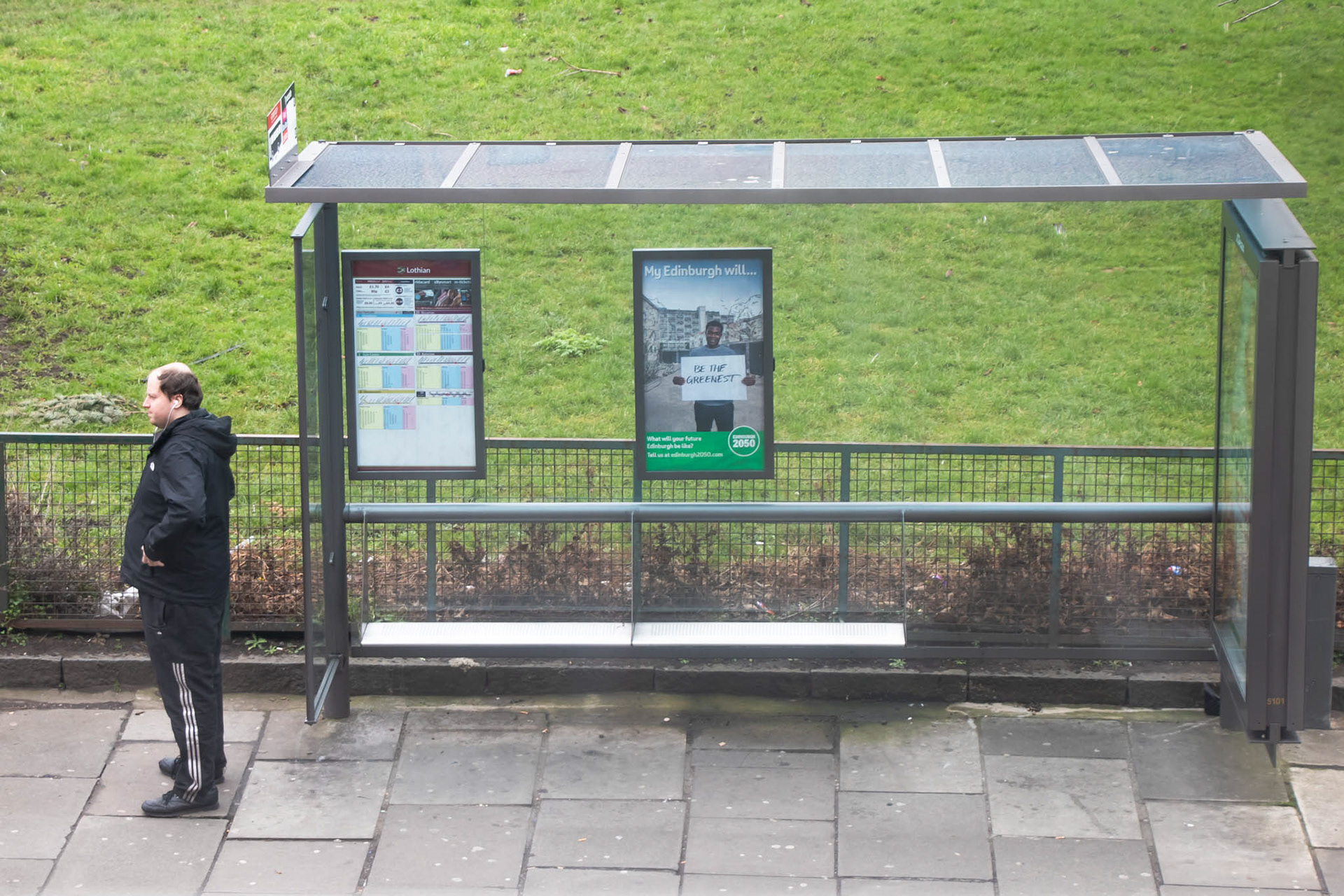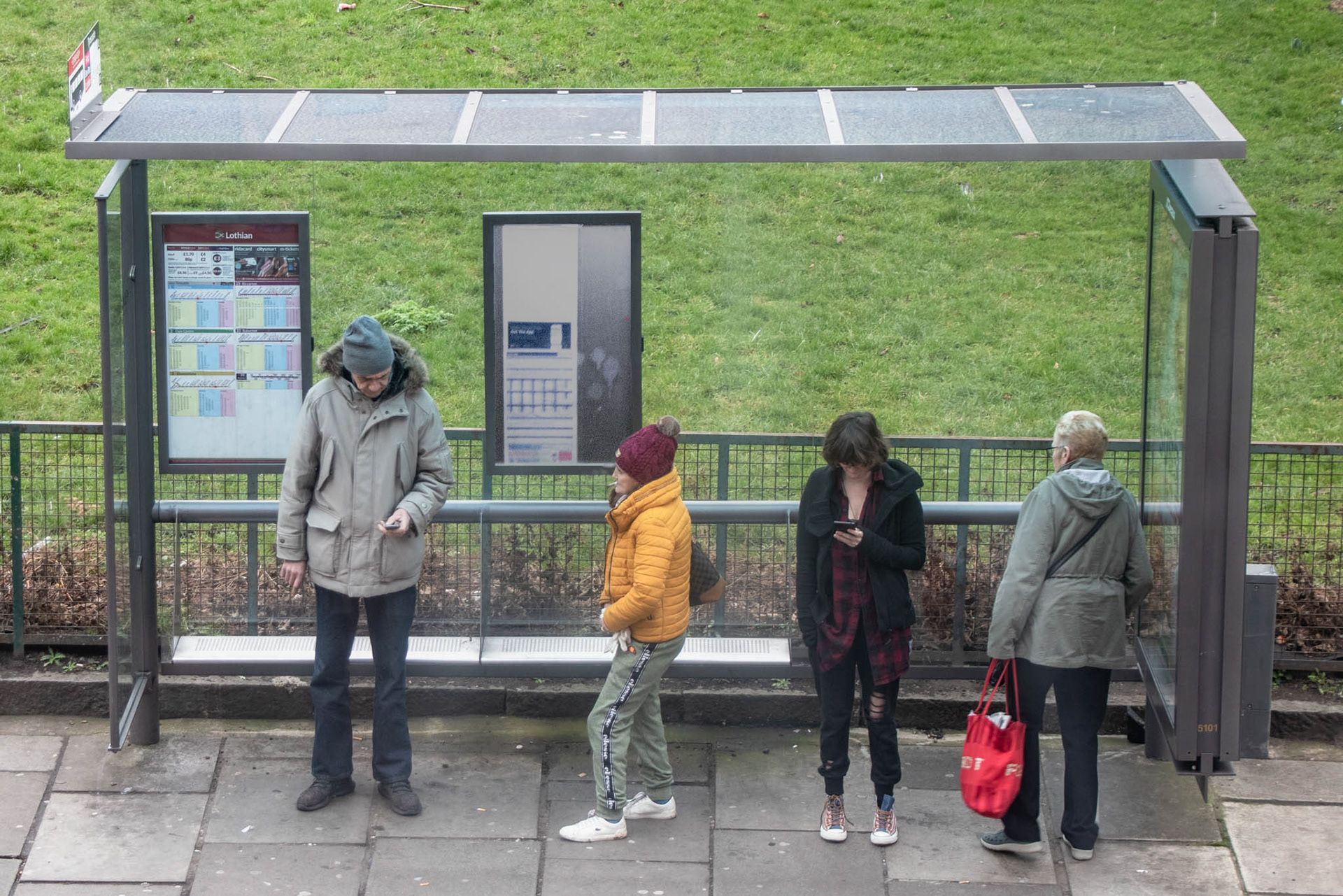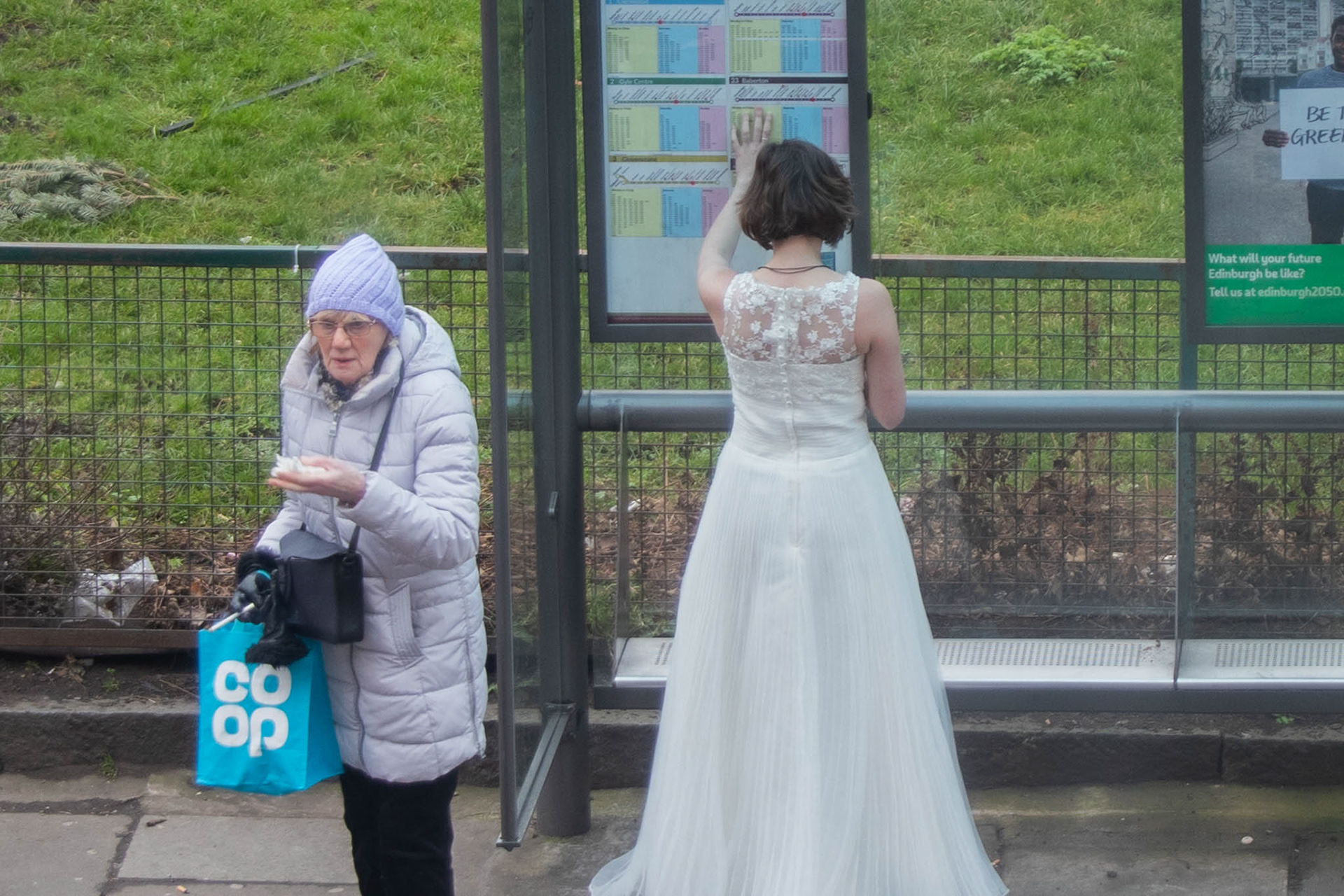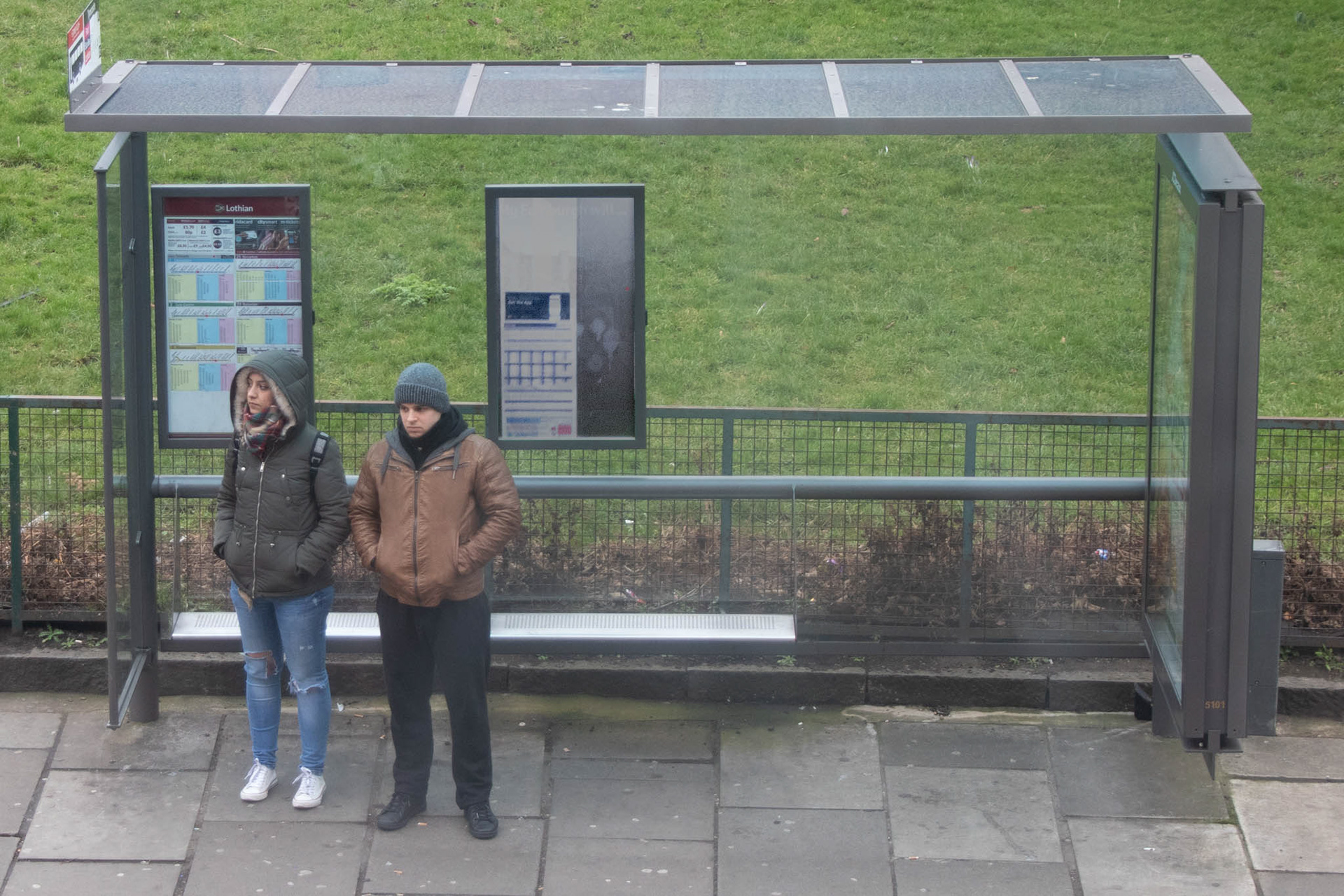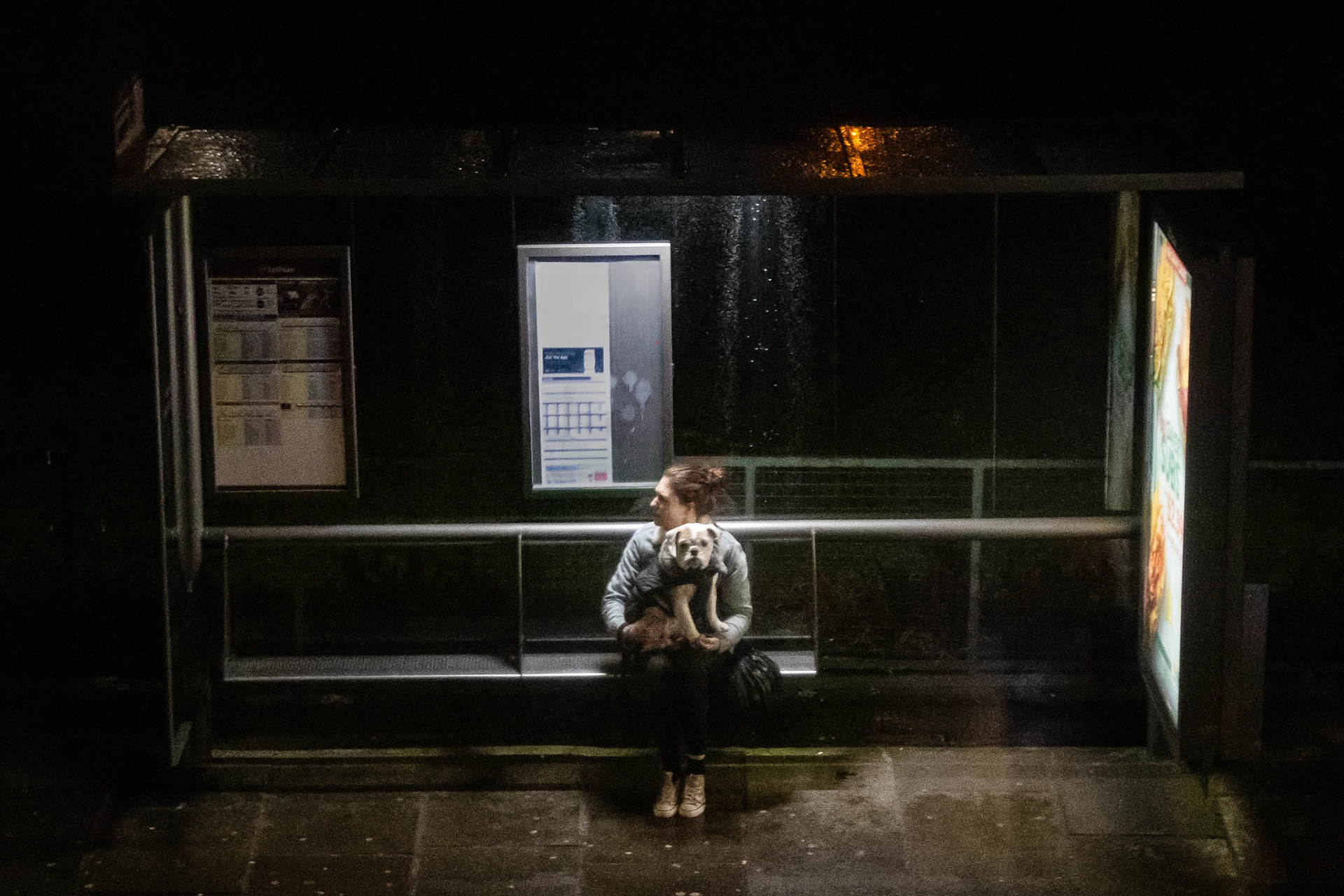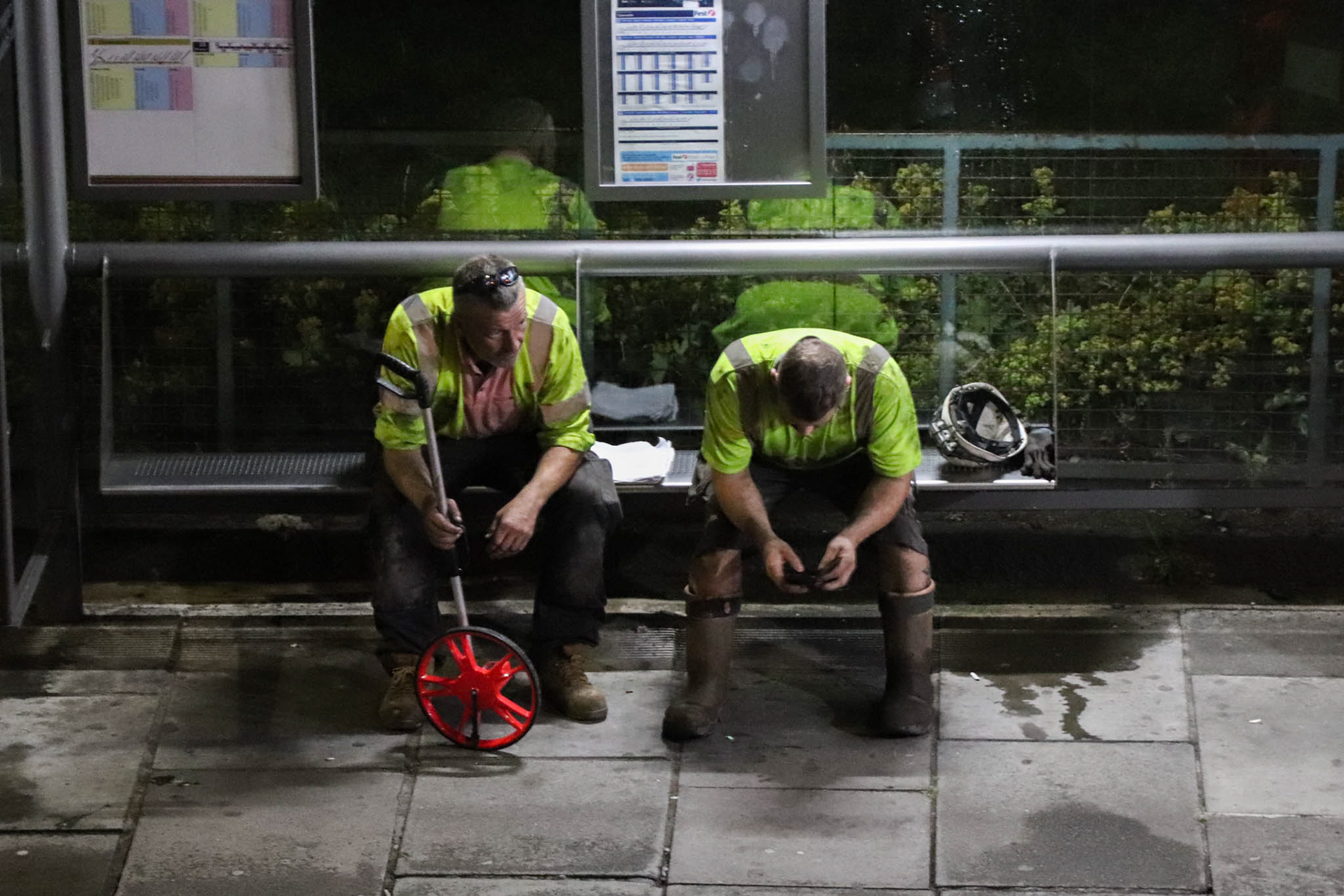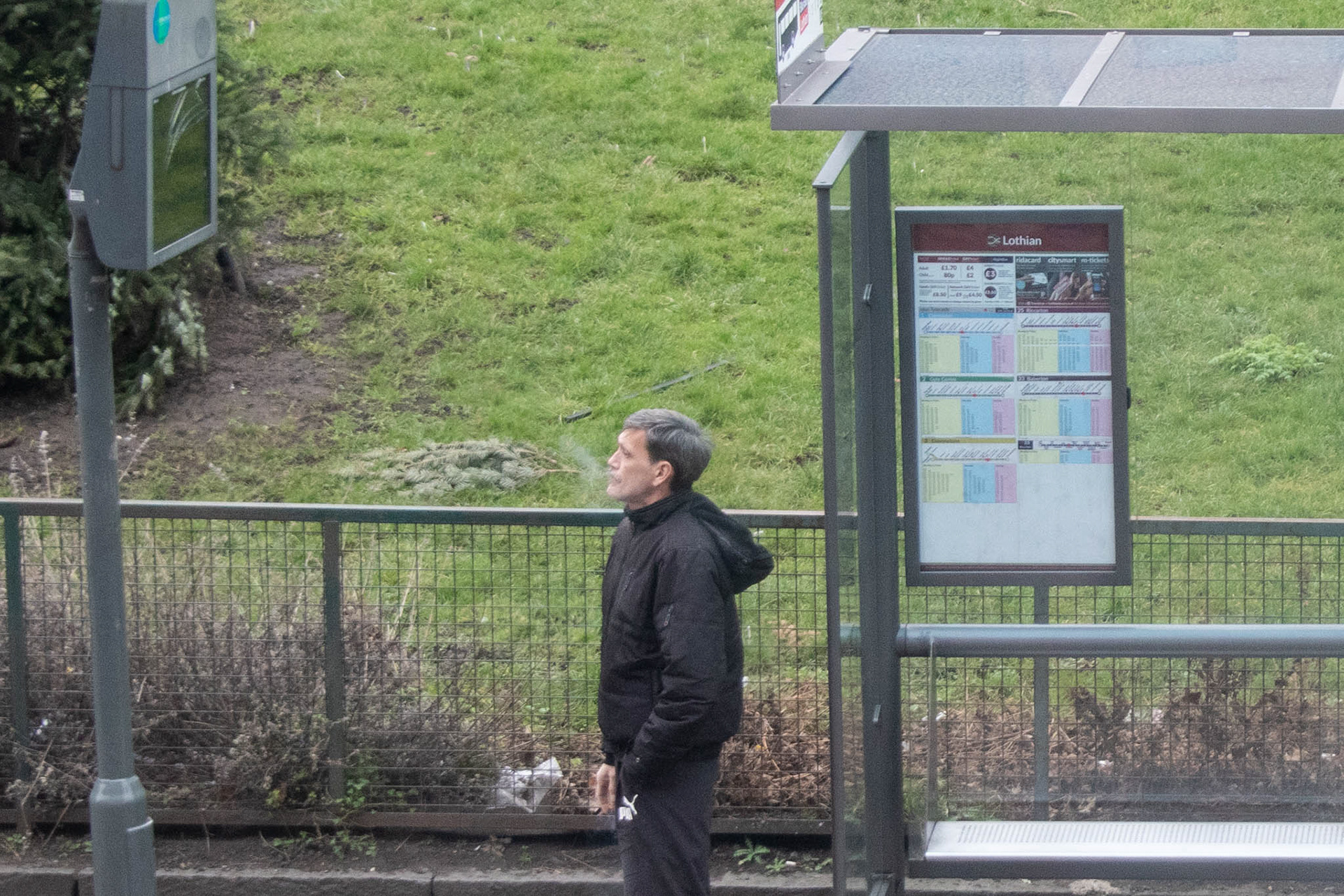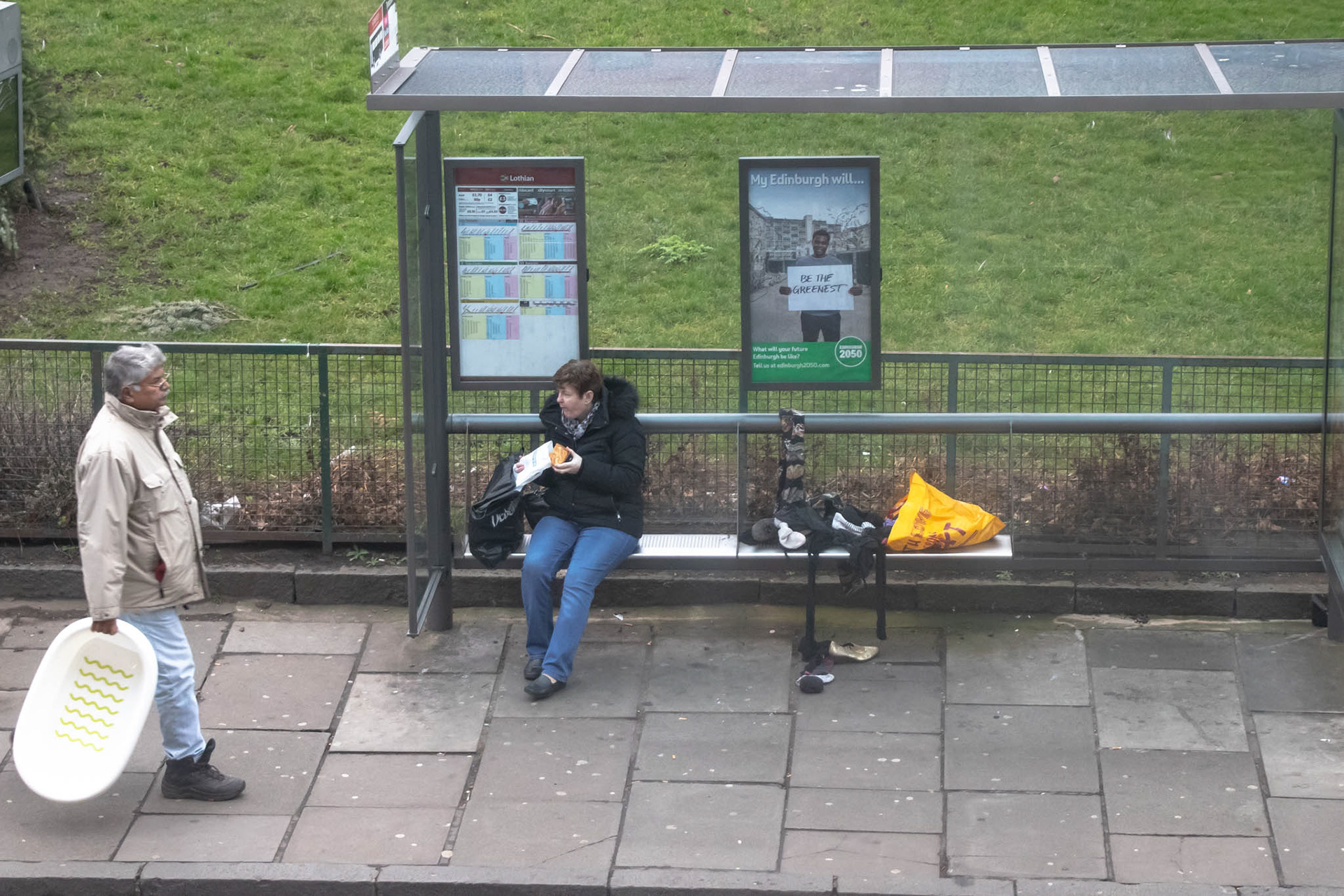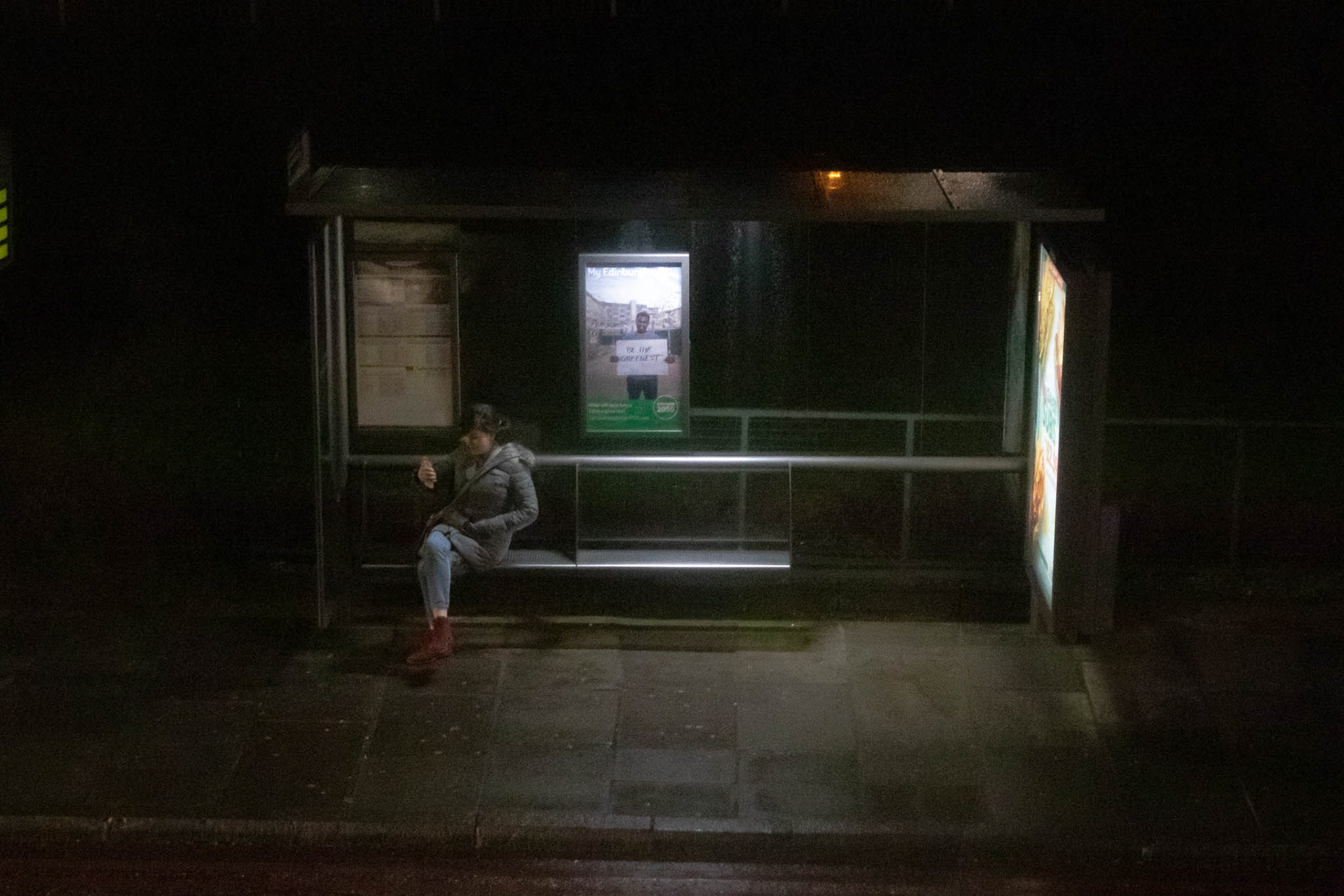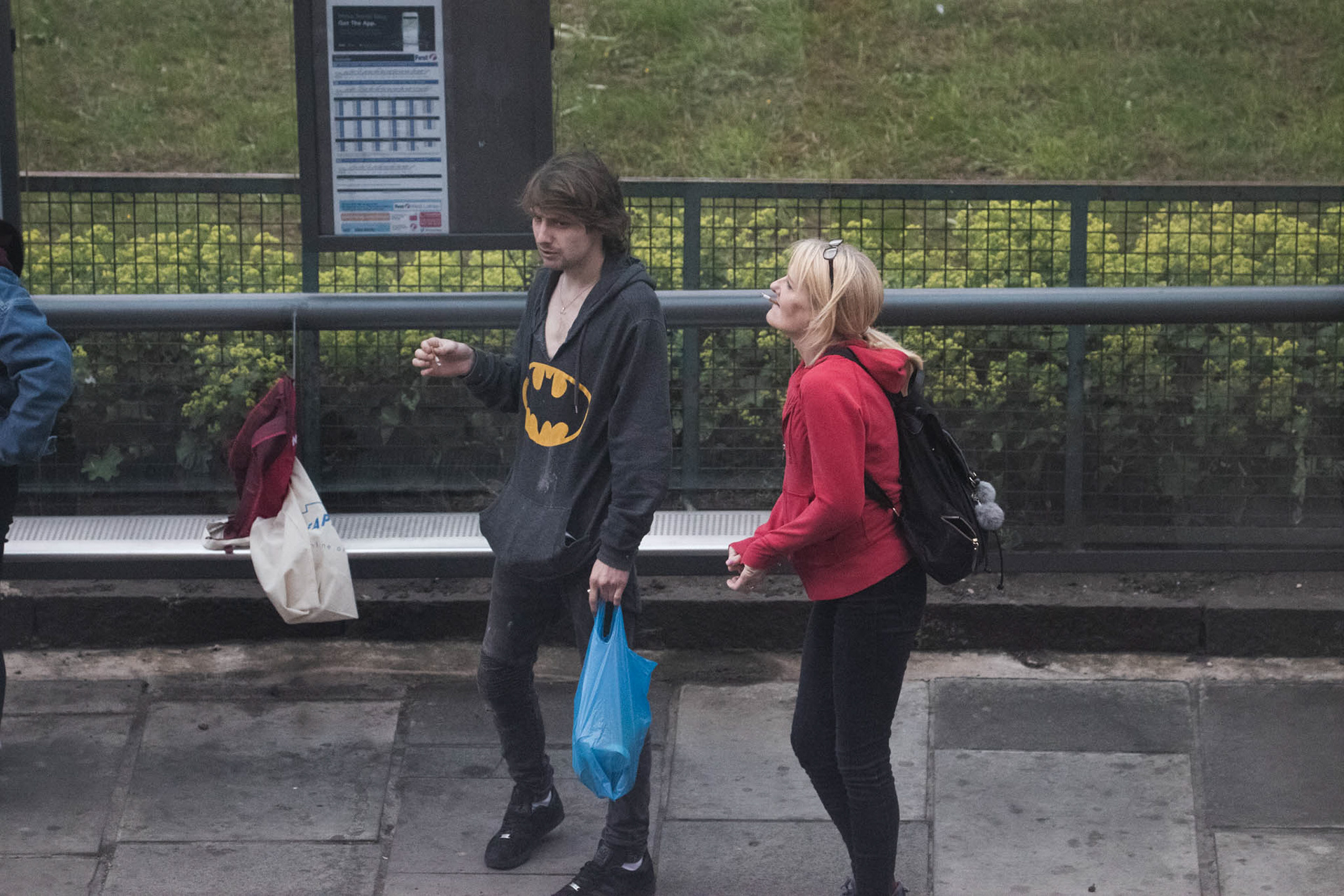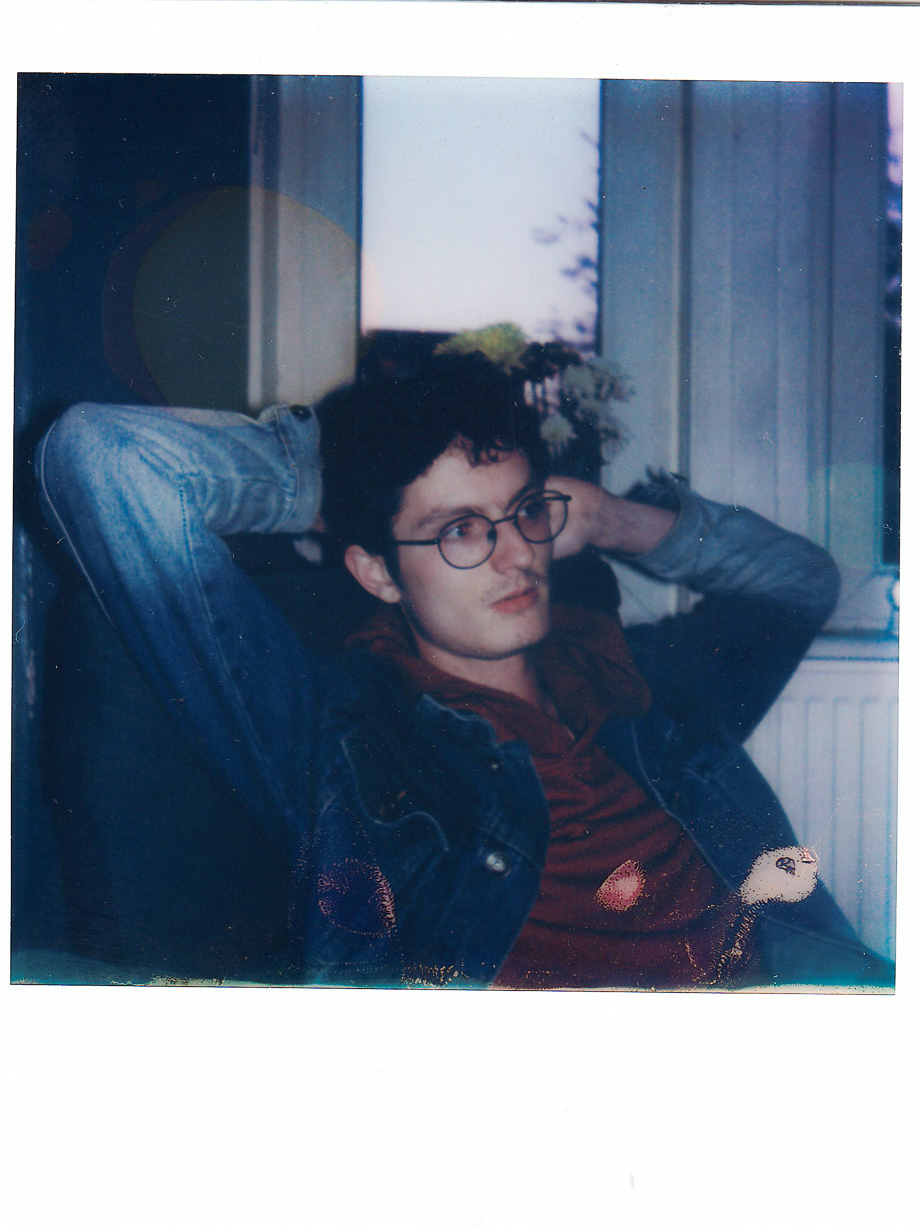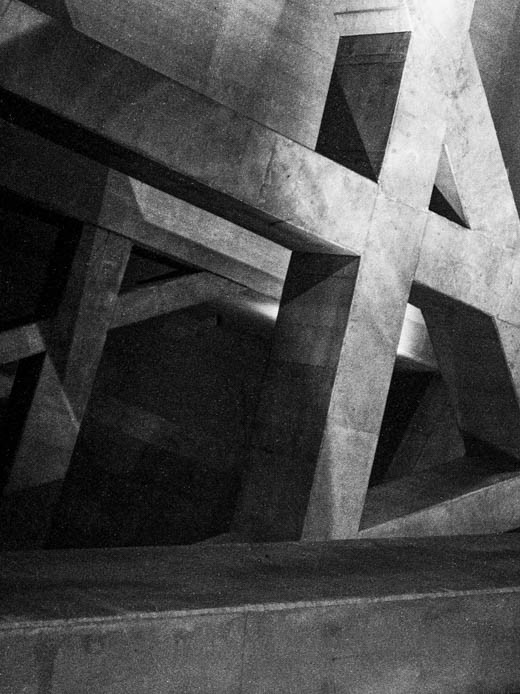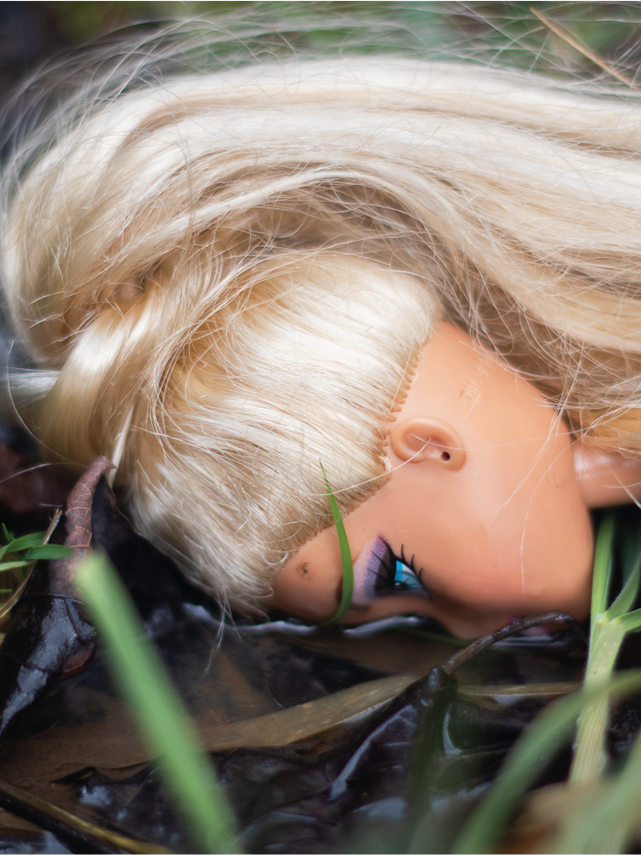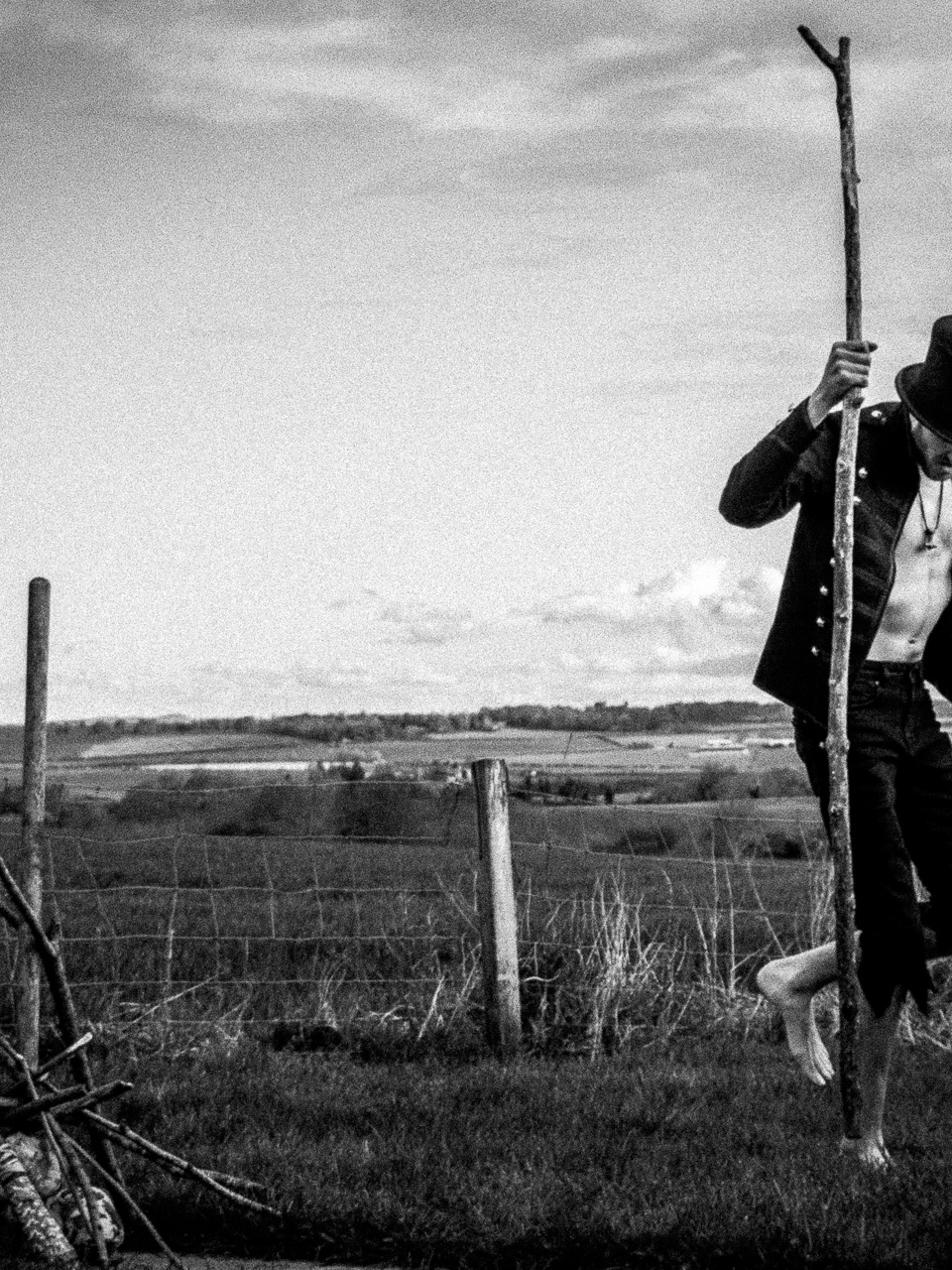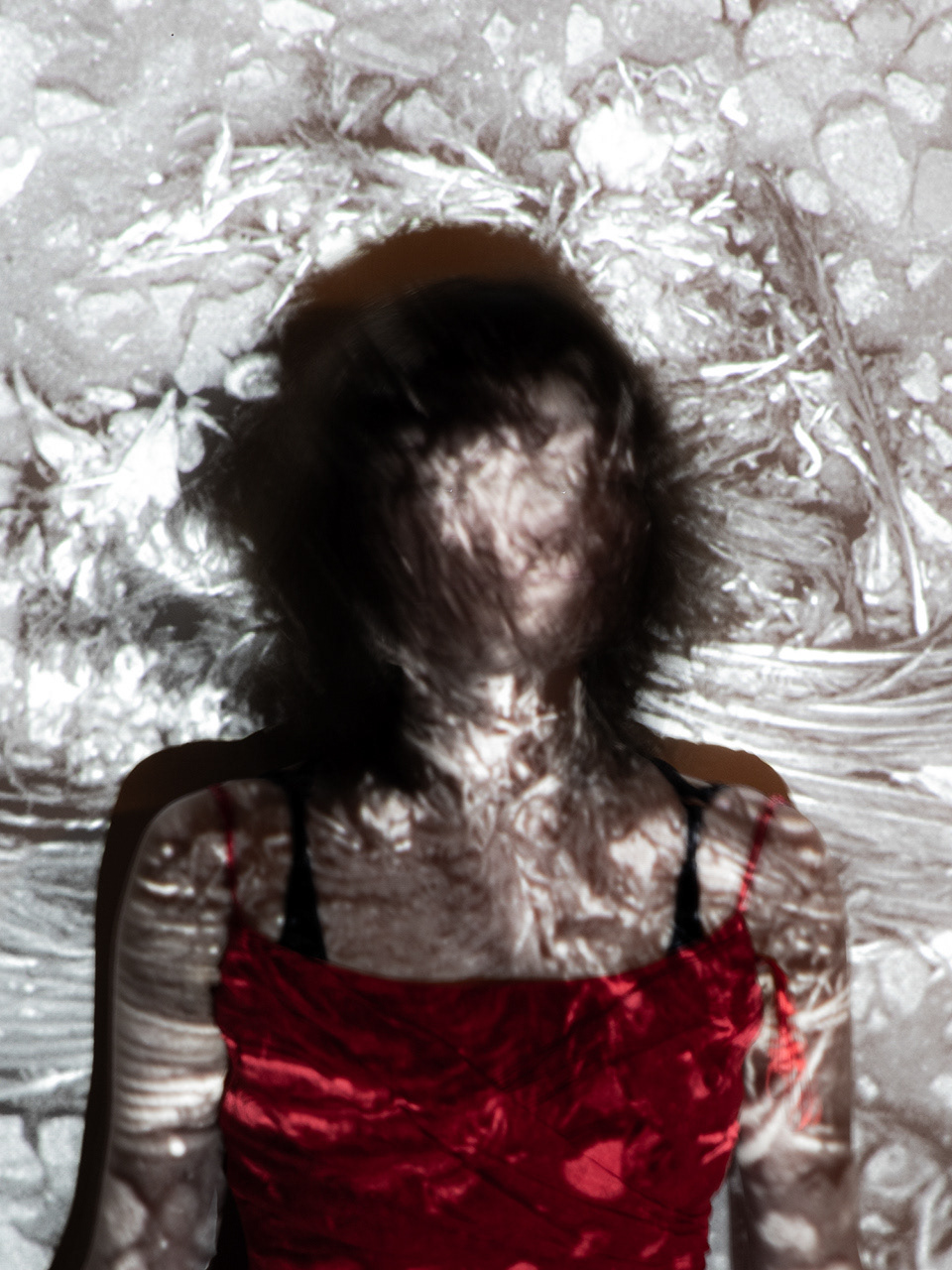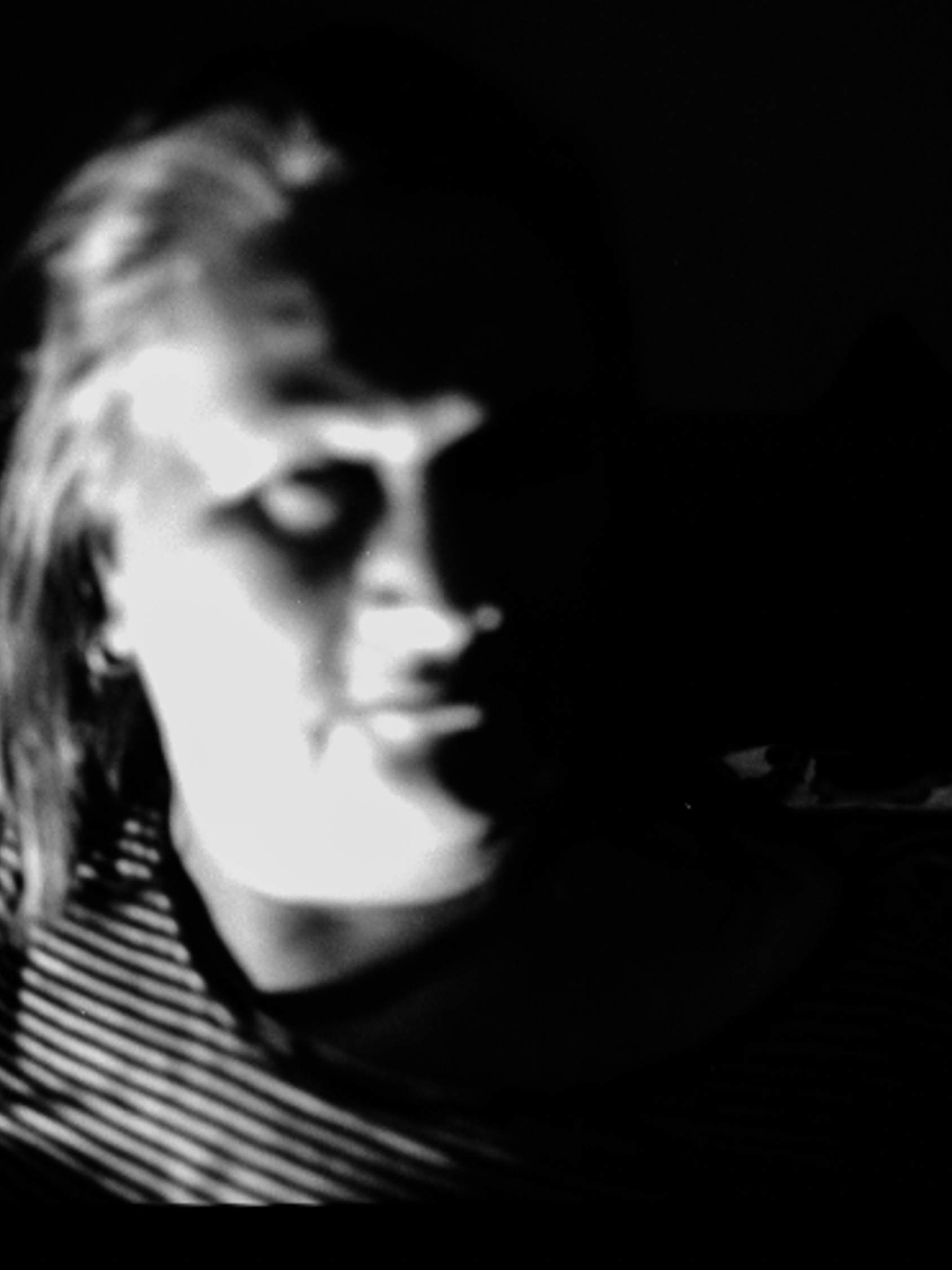Some objects and people have been placed, others are observed reality. You might think you know exactly which is which, but how can you tell which is your perception and which is real? Is either?
Edinburgh is perceived to be an affluent city but in reality 22% of households are below the poverty threshold. The effects of poverty are evident. It causes depression, alcohol and substance abuse as people are pressured by the thought that they are not living correctly, and so that becomes their reality. Social and cultural ‘normality’ impacts peoples behaviour and mental health. We are taught that we should work toward what is perceived to be success. Working hard to own objects of comfort and status. This is an illusion that makes society segregated and many fail to see outside their own reality.
Social reality can make an individual feel that their situation is out of their control. Many don’t want to question their reality, and take steps to maintain it instead of expanding or challenging it. A person living in an affluent area, such as Morning side, walks down those streets with healthy places to eat, cleaner streets, expensive shops and sees little evidence of poverty. It is not what is real to them. In the reality that they live they may never visit deprived areas and as such the idea that people are in poverty in the city is something they do not consciously perceive is happening.
A bus stop is a place between being and going, an exposed public space that somehow feels quite private. To see how societies idea of reality effects people outside the perception of Edinburgh’s affluence, it can serve as a window into the lives of those who have been negatively impacted by the the UK’s designed model of reality, which is not accessible to everyone. It's purpose isn't always waiting for a bus.
